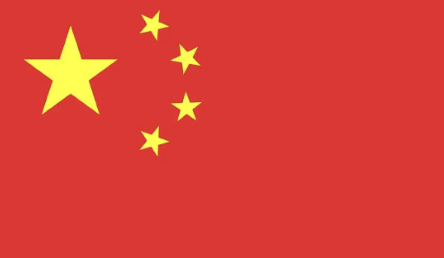Jing Ba Jian, or “The Eight Pastries of Beijing,” is an assortment of eight distinctively designed and flavorful traditional sweets. They were originally created in the kitchens of the imperial era during the Ming dynasty. These treats ended up being sold to the general public. Each pastry has a unique filling such as date paste the green plum, raisins red bean, rose white sugar, bananas, and savory spices. It is then wrapped in the thin dough made of lard which is then baked to perfection.
The eight pastries are made into symbols that have a cultural significance:
Fortune Pastry (Fu Zi Bing): Symbolizes good luck.
Taishi Pastry It represents status as well as prosperity.
The Longevity Apple Pastry: Associated with longevity.
Double Happiness Sweets (Xi Zi Bing): Embodies joy and celebration.
Silver Ingot Pastry: A tribute to wealth, featuring a an incredibly salty and flaky pastry filling.
Scroll Pastry It is shaped like scrolls, but with the filling of savory.
Golden oil pastries (Ji You Bing): Phonetically, it is similar with “abundance and happiness.”
Cakes of Date Flowers It is believed to symbolize the desire of the family of a father and daughter. and daughters.
These eight pastries–symbolizing fortune, prosperity, longevity, joy, wealth, and culture–reflect the most celebrated aspects of traditional Chinese life. Together, they were referred to by the name of “Eight Great Pastries,” or Da Ba Jian..
As time passed, Jing Ba Jian became an extremely popular gift for Beijing residents and was a popular souvenir for tourists. Tourists can now bring these delicious treats home with memories of exploring the Forbidden City and taking a hike on the Great Wall, and savoring Peking duck.

The Evolution of Jing Ba Jian
At first, it was known by the name Da Ba Jian, Jing Ba Jian was a delicacy that was exclusive to palaces and became an integral part of Beijing’s culinary tradition. In the Ming dynasty the Emperor Muzong before his ascension to the throne, frequently ordered his servants to purchase street food in Dong Chang’an Street, a habit he resisted when he became the emperor. The palace kitchens started making imitations of these street foods by sending chefs into hiding to study their recipes, and buying ingredients to recreate the flavor.
When Beijing became the capital city during the Ming Dynasty, and later the center of culture under the Qing Jing Ba Jian dynasty, Jing Ba Jian was influenced by Jiangnan-style pastry and Manchu sweets like Saqima. Through the ages the regional and stylistic elements were combined to produce the distinct flavors of Beijing-style desserts.
Through the Qing dynasty, and even into the Republic time Jing Ba Jian changed, adapting to new tastes, while keeping its cultural and historical significance. Today the Beijing’s “Eight Pastries” remain a distinctive symbol of Beijing’s vast culinary history.
Phoenix Lee https://chinese-tradition.com/jing-ba-jian-beijings-iconic-eight-pastries.html
